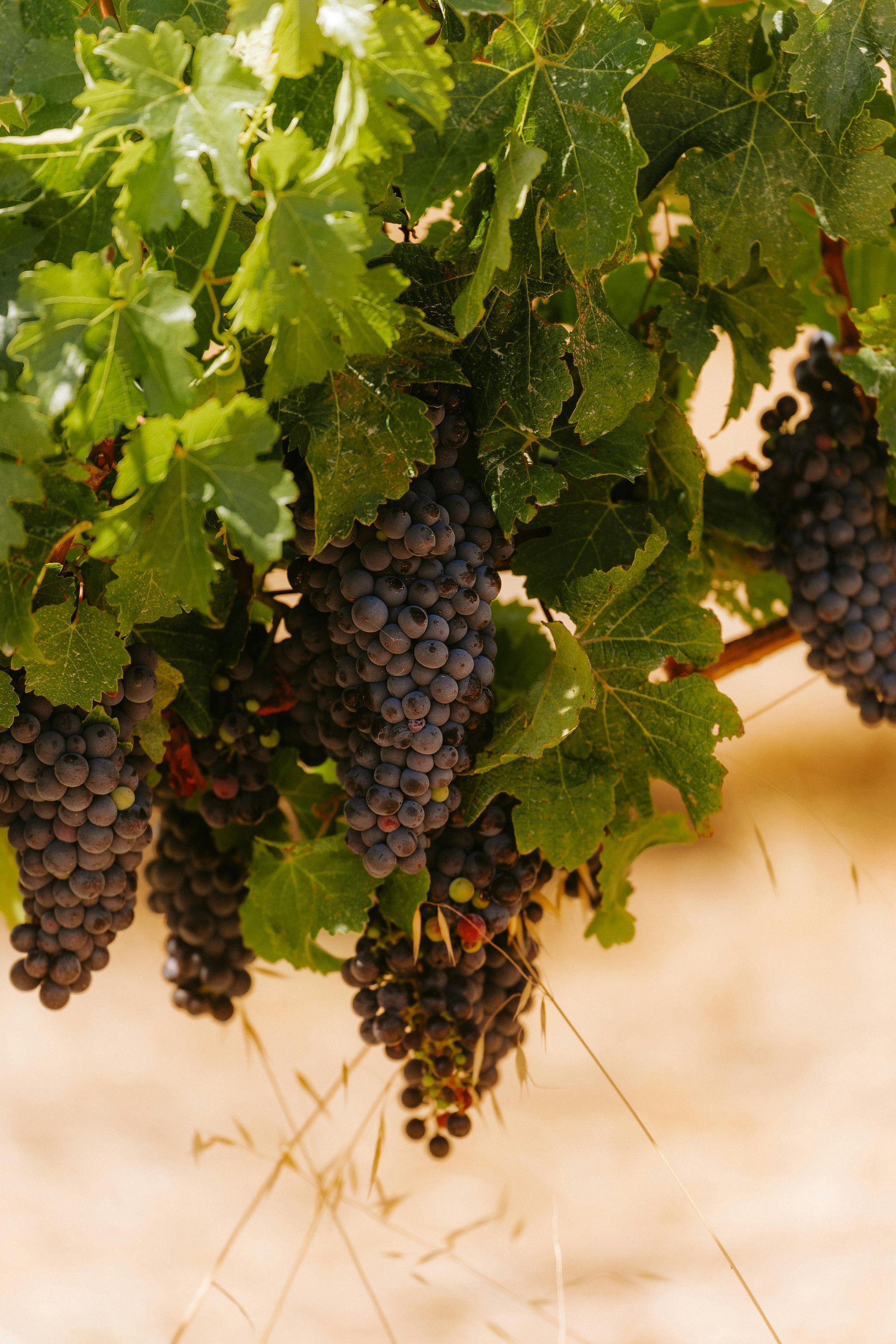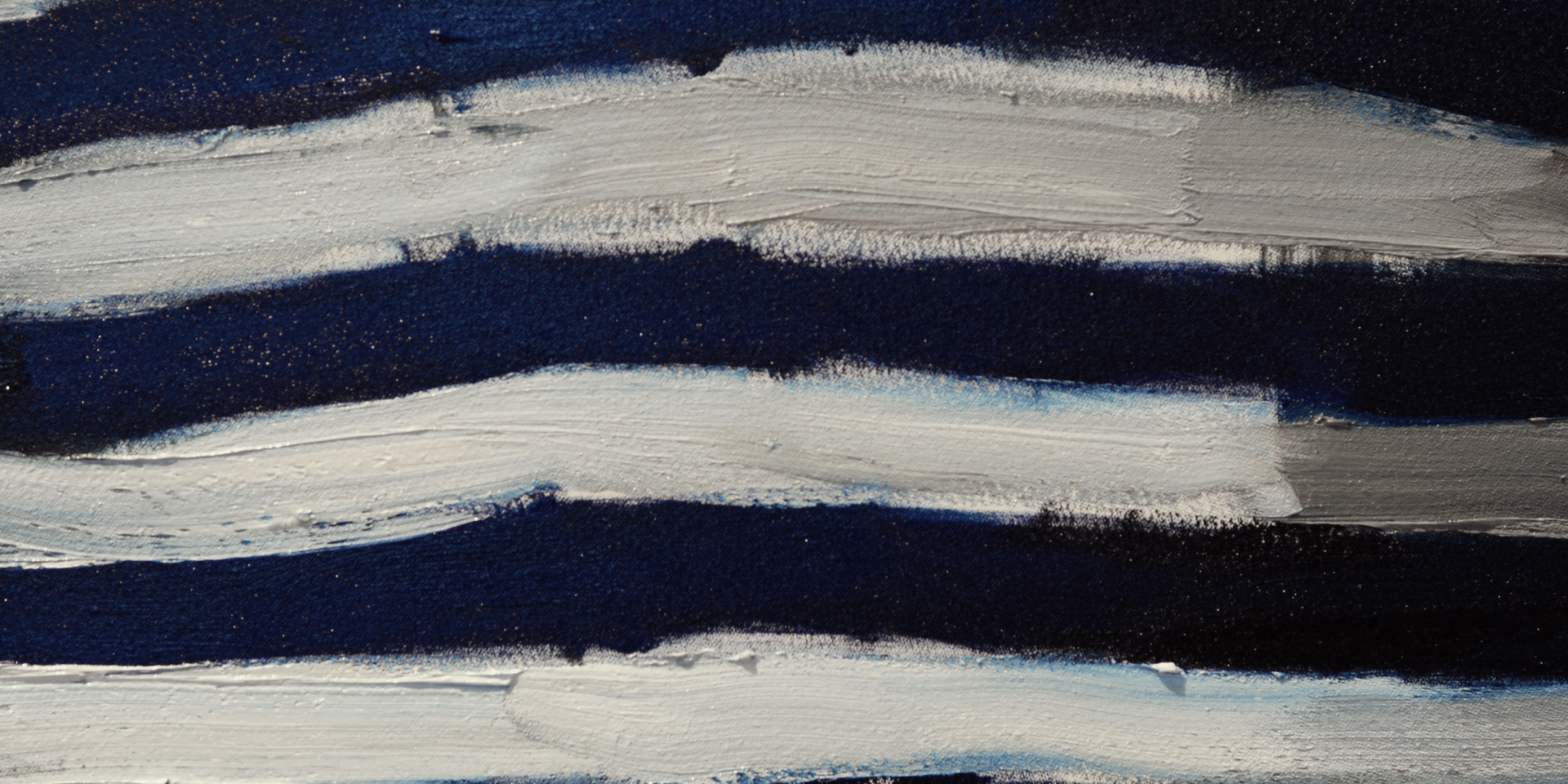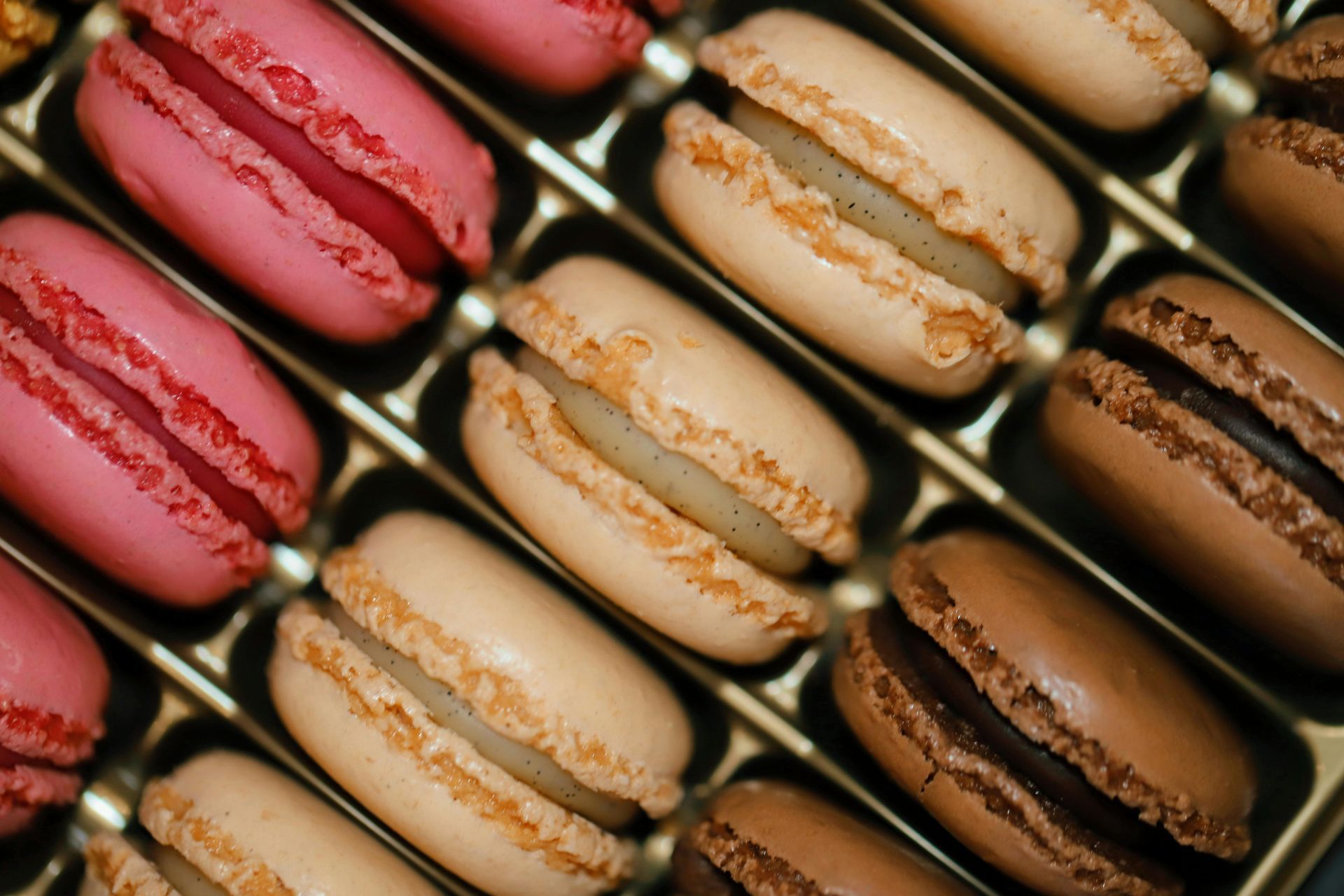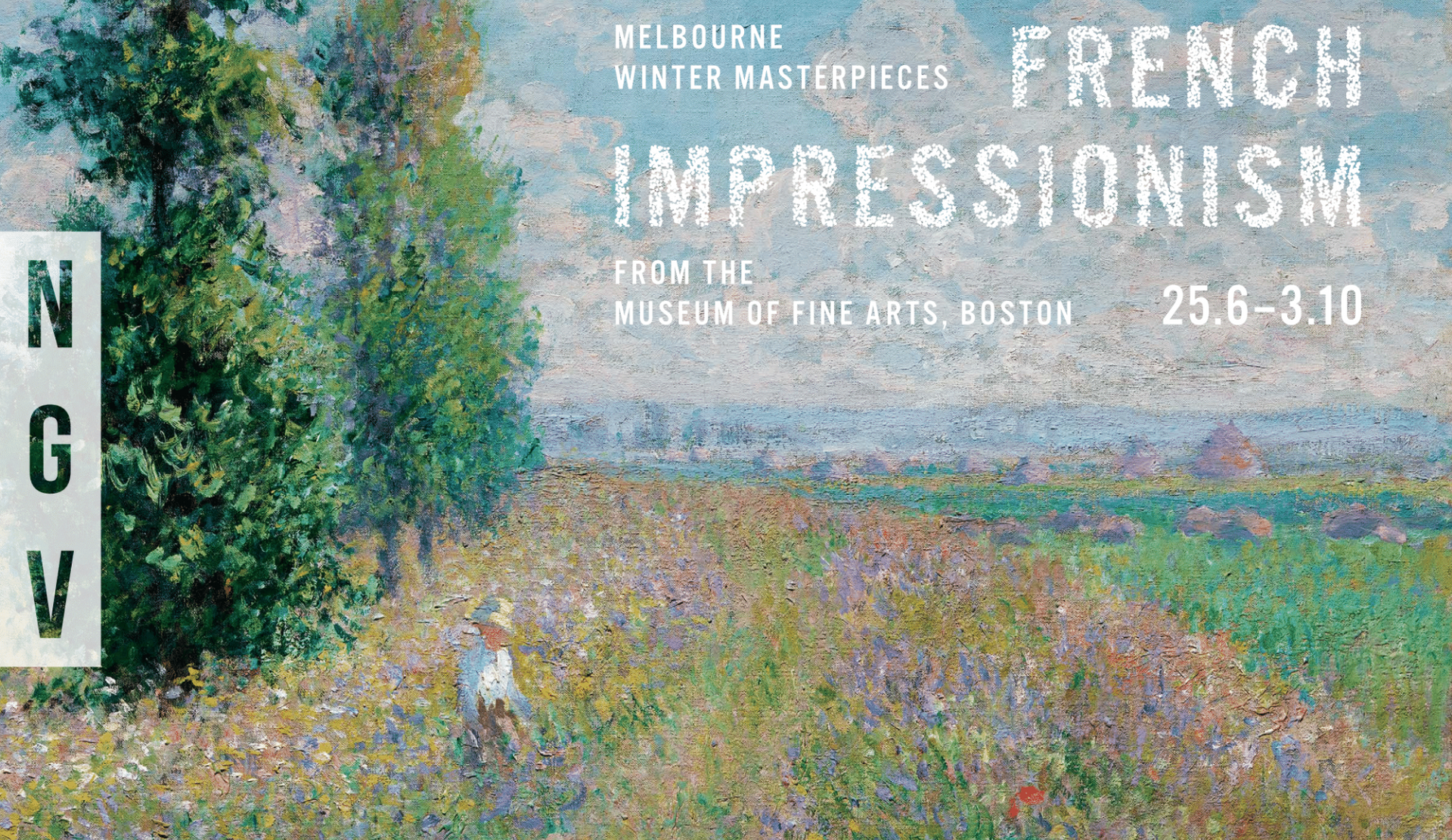Victorian Wineries to Discover This Autumn

Autumn gives us the perfect opportunity to appreciate the land’s natural richness and beauty. This Easter break, take some time to explore the world class French-inspired wineries that call Victoria home. Here are a few unmissable Victorian wineries to discover this Autumn.
1. Chapoutier
About the Winery
In 1997, true to his pioneering spirit, Michel Chapoutier set out to explore the terroirs of the oldest continent. He wanted to meet people, people like him with a passionate interest in bringing out the true character of vines. A matter of convictions, too, prompting discovery and observation. He found land awaiting its revelation. Michel Chapoutier’s aim is to invent properties, not to follow the example of others. Michel Chapoutier buys land and joins forces with major winemaking families, playing on their complementary know-how and experience. In 2002 he joined forces with Ron and Elva Laughton (Jasper Hill) in central Victoria, and at Heathcote, north of Melbourne, on a very unusual, early Cambrian soil. He has also worked with Rick Kinzbrunner on the Giaconda vineyard at Beechworth, in northeast Victoria, on a granite soil. After a brief experimental joint venture with his US importer (Terlato & Chapoutier), Maison M. Chapoutier bought two other Australian vineyards (Shays Flat and Landsborough) in the Victorian Pyrenees and set up the fully owned Domaine Tournon.
What we love
The result of Chapoutier’s collaborations has been a range of exceptional wines, displaying great elegance and mineral purity. More than just a wine tasting experience, make the most of the stunning cellar door and winery backdrops for a gustative and educational insight into the role terroir plays in producing their award-winning wines, both French and Australian.
Location
141–143 High Street, Heathcote VIC 3523
Travel time from Melbourne
Just over an hour and a half’s drive north of Melbourne’s CBD (120km)
Find out more
https://www.mchapoutier.com.au/
2. Dominique Portet
About the Winery
Ninth-generation winemaker Dominique Portet chose the cool climate of aptly named Coldstream in the Yarra Valley, home to the eponymous winery he founded in 2000. It was the culmination of a tenacious search for grape growing terroir to rival that of his native Bordeaux – but also the start of a new chapter in a winemaking story that has its roots in France in the early 1700s.
Now son Ben – generation 10 – heads the winemaking team, firmly observing the central tenets of this young yet historic estate: respect for tradition, understanding of site, and an open mind towards contemporary practices that shape wines that are ever more refined and delicious.
What we love
Try the cabernet sauvignon and Heathcote shiraz. The very simple Winemaker’s cafe with delicious baguettes, Mediterranean tarts, and French chicken pies are always ready, or Monte coffee with a homemade cake! The La Boutique homewares are easy to browse and add a bit of enjoyment. The tour et detours, are well worthwhile if you are after a learning experience. Otherwise enjoy the space and just play petanque as you breathe in the fresh air.
Location
870-872 Maroondah Hwy, Coldstream VIC 3770
Travel time from Melbourne
Just over an hour’s drive from the heart of Melbourne (69km)
Find out more
3. Chandon MOET
About the Winery
Sixty years ago, Robert-Jean de Vogüé and an assortment of his closest friends set out to redefine luxury sparkling wine. They decided the only way to bring it into the modern world was to take it far, far from home. That journey of rediscovery began in Argentina and eventually took them to California, Brazil, China, India and, of course, all the way down here to little old Australia.
At Chandon, they have always taken risks as they always believed it was riskier not to take them. John Wright, who ran Chandon California at the time, took a risk on our land of opportunity. He visited Victoria in 1982 and was chuffed with the can-do spirit of the Australians.
In Australia, they were looking for something truly special: an area of cool climate with enough diversity of terroir to give them all the blending options they could dream of. The Yarra Valley was the natural choice, and the rest is history.
What we love
Visiting Chandon allows you to experience the real “méthode traditionnelle” of sparkling wines. Gain an understanding of the contributions of the land, taste masterfully-curated pairings at the restaurant, or – for the bolder and more experienced among you – take a self-guided tour which will lead you through marvellous vistas of the Yarra Ranges; an unmissable gift for both the eyes and the taste buds!
Location
727 Maroondah Highway, Coldstream VIC 3770
Travel time from Melbourne
Just over an hour’s drive from the heart of Melbourne (55km)
Find out more
https://www.chandon.com.au/visit/tastings-and-tours
4. Ten Minutes by Tractor
About the Winery
Ten Minutes by Tractor is the culmination of separate wine journeys that all started nearly 40 years ago, when a group of individuals saw the opportunity to come together and create the winery that exists today.
Established in 1997 with three family-owned vineyards in Main Ridge – each ten minutes by tractor apart – they have since expanded by adding new vineyards, offering their wines a distinct character provided by the varying slopes, soils, altitude, and winds of the Mornington Peninsula. This has resulted in a truly unique product amongst Victorian wines.
They invite you to share in this journey, to enjoy the wines and food produced from the special place in which they live and work, and to visit their cellar door and restaurant to better understand the role land and collaboration have played in cultivating their masterpieces of viticulture.
What we love
Ten Minutes by Tractor is home to one of the Mornington Peninsula’s best kept French dining secrets: Petit Tracteur Bistro – a French bistro-inspired restaurant providing the best of classic and innovative cuisine, and fresh local produce to complement their signature wines and expert pairings. If a “wine and dine” experience is what you’re after, this is definitely a destination to note.
Location
1333 Mornington Flinders Road, Main Ridge, VIC 3928
Travel time from Melbourne
One hour and fifteen minutes’ drive from the heart of Melbourne (90km)
Find out more
https://www.tenminutesbytractor.com.au/
Inspired by our highlighted wineries? Interested in tasting a drop of France in your own home? Check out our article on where to buy French wines in Melbourne here.










